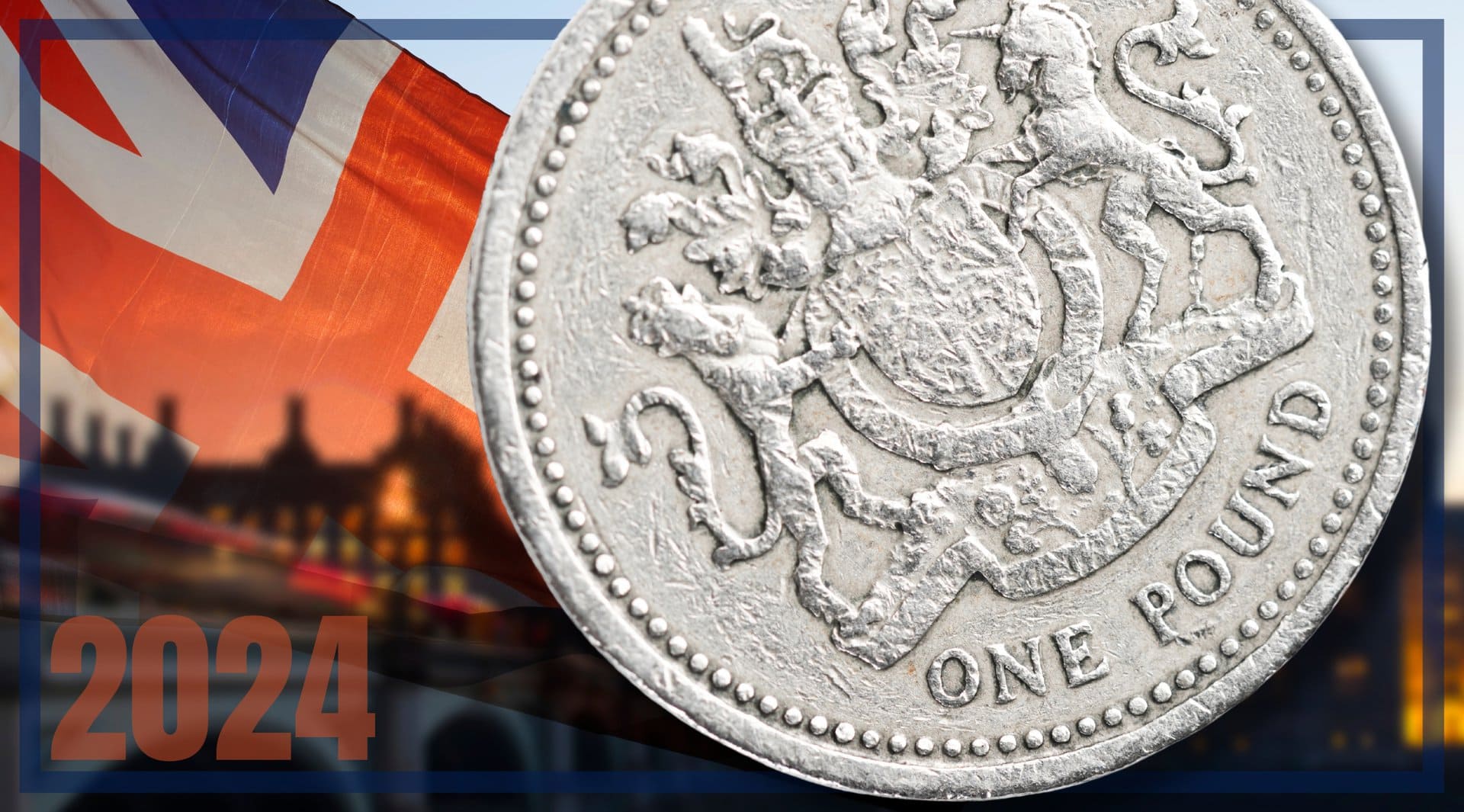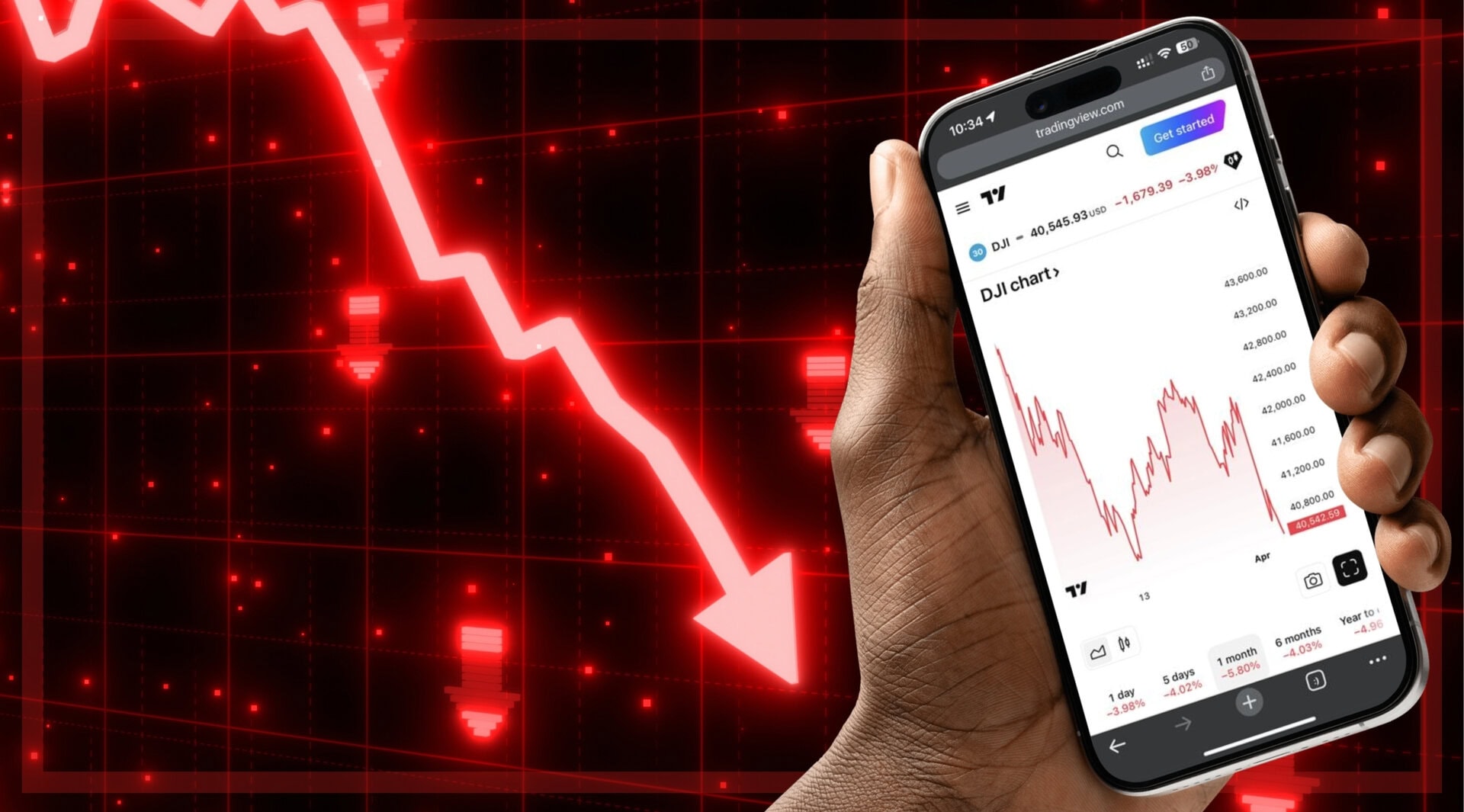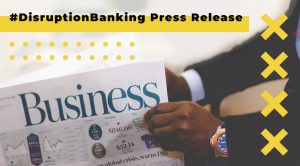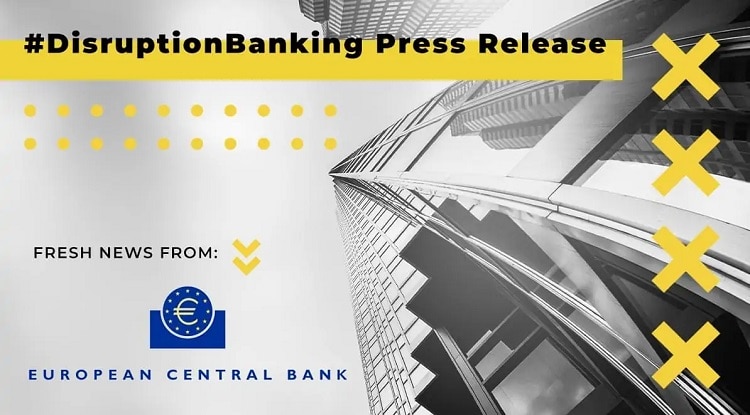2023 has been a relatively strong year for the pound sterling (GBP) after a dramatic 2022 that saw the currency drop to near parity with the dollar and historic lows. Since then, GBP has mounted a solid if unspectacular recovery against its G10 counterparts. The pound has strengthened by almost 5% against the US dollar – a feat more impressive when placed in the context of unprecedented dollar strength – and just under 4% against the euro. But how well placed is the pound to secure more substantial gains in 2024?
One trend which could give the pound some breathing space to make gains against major currencies is the potential loosening of monetary policy in the United States. Markets expect that the Federal Reserve will begin to cut interest rates next year, now that inflation appears to be under control at 3.24%. The global investment bank UBS predict that the US economy will enter into a recession next year, sparking the central bank to cut interest rates by up to 275 basis points in a bid to stimulate greater spending and more economic activity. The asset management firm Macquarie are working on the assumption that the Fed will cut rates by a similarly substantial 225 basis points.
The Federal Reserve will cut interest rates by 275 basis points next year, nearly four times more than what markets are pricing, strategists at UBS predict. https://t.co/qqpcdhBwZB
— Bloomberg Markets (@markets) November 13, 2023
This would likely have significant ramifications on GBP/USD markets. High interest rates in the States have been one of the primary reasons for the dollar’s strength in recent years. Foreign exchange traders have been able to secure high yields by holding the US dollar, which is also considered to be one of the safest financial assets in the world. Lower yields in the States could encourage traders to seek other options elsewhere, including in pound sterling markets.
However, the pound sterling could only take advantage of this potential development if the Bank of England maintains higher interest rates in the United Kingdom. Traders would only rotate assets out of the dollar and into the pound if they were able to secure higher yields and greater returns by doing so. Many analysts expect the era of high interest rates to continue for a while longer – the research firm Capital Economics has predicted the Bank of England’s base rate will not return to the 3% level until the end of 2025 – mainly on account of persistent inflation.
Further UK rate rise needed due to ‘persistent’ inflation, IMF predicts https://t.co/FUMIx0dOzS
— Financial Times (@FT) October 10, 2023
That said, the Governor of the Bank of England Andrew Bailey has struck a dovish tone in recent months that might cause foreign exchange traders to reconsider any plans to increase their exposure to GBP. Back in September, Bailey suggested to the Treasury Select Committee that the central bank was approaching the top of the interest rate cycle and could soon look to start loosening policy. A member of the Monetary Policy Committee, Swati Dhingra, also argued that there was no need to raise rates further.
These comments prompted several banks to reassess their 2024 forecasts for the pound and predict a weaker sterling. HSBC now believes that GBP/EUR will trade lower at 1.1565 by the end of 2024. Mitsubishi also commented that “the UK rate market had been expecting the BoE to hike the policy rate up to a peak of 6% but is in the process of scaling back those expectations. With around 50 basis points of further hikes still expected, we see room for disappointment and a weaker pound.”
Bank of England's Andrew Bailey: 'We are much nearer the top' of the hiking cycle.https://t.co/D3kfQsjSvy
— #DisruptionBanking (@DisruptionBank) December 11, 2023
These dynamics mean that any pound strengthening – if indeed the pound strengthens at all – is likely to be limited. Furthermore, Goldman Sachs economists believe the UK economy will grow by only 0.6% next year, which, while still modest, is substantially higher than the BoE’s own forecast of 0.1%. The Institute of Fiscal Studies (IFS) expects that unemployment could reach up to 6%. These are just two examples of the gloomy forecasts which could weigh on the value of the pound.
It is not all bad news for the pound sterling. Lower rates in the US offer a strong opportunity for GBP to make gains against the dollar – but only if the Bank of England sticks the course on interest rate hikes. Foreign exchange traders will be carefully following what Bailey says in the weeks ahead and what decisions the Monetary Policy Committee come up with.
Author: Harry Clynch
#PoundSterling #GBP #ForeignExchange #USD #EUR #InterestRates















